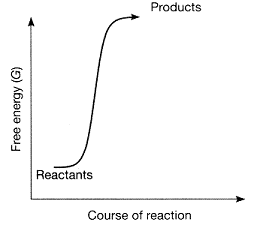Which of these plant cells is alive but has no nucleus?
A) Collenchyma cell
B) Sieve-tube element
C) Companion cell
D) Parenchyma cell
E) Vessel element
B
You might also like to view...
Aphids can feed in the leafy treetops (or tree canopies). Ants are usually not abundant in the tree canopies unless aphids are also present. You introduce aphids to an area of the tree canopy and survey the abundance of ants over time
You continue your experiments by taking one of the trees in the canopy and removing all of the ants. If the ants and aphids are in a mutualistic relationship that strongly benefits them both, you expect the aphid population will _____________ in response to the lack of ants. A. increase in size B. stay the same size C. decrease in size D. change species composition E. change in demographics (age distribution)
tRNA is most like
a. a delivery truck b. a garbage truck c. a messenger d. a carpenter e. a physical therapist
Which of the following statements about Figure 7-1 is true?

a. The reactants have more free energy than the products.
b. The products have more free energy than the reactants.
c. The figure represents a spontaneous reaction.
d. The figure represents an endergonic reaction.
e. The reaction is endergonic, and also the products have more free energy than the reactants.
Which of the following is TRUE in the Watson-Crick model of DNA?
A) Four different types of bases are found in DNA. B) Phosphate groups always bond to ribose. C) Ribose always bonds to a nitrogenous base. D) The number of adenines equals the number of guanines. E) During replication, the phosphate groups are copied but the base sequence is not copied.